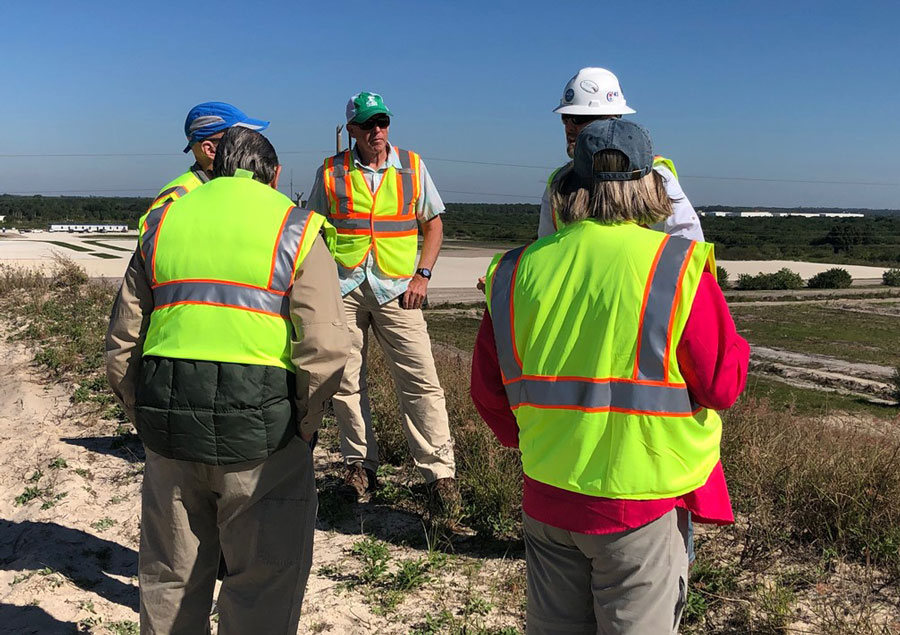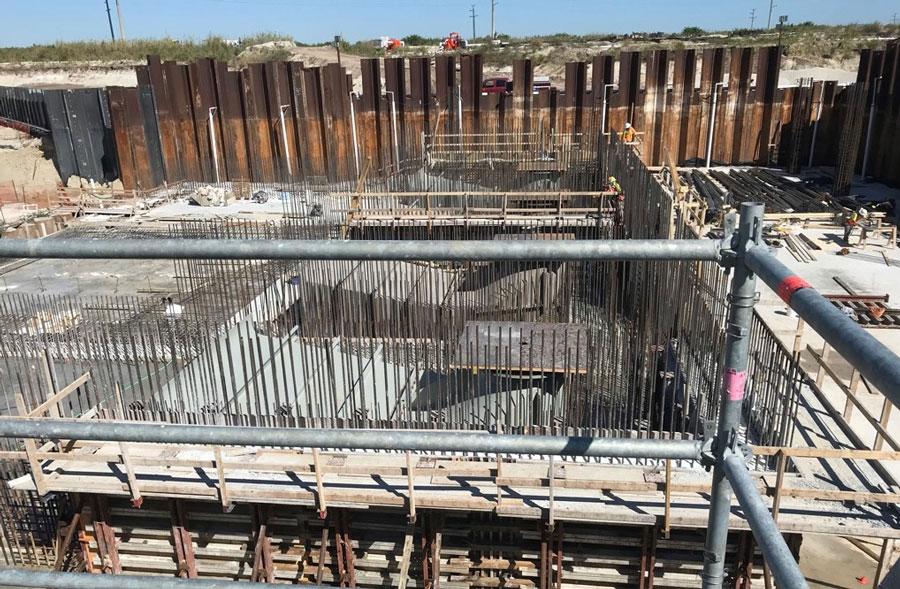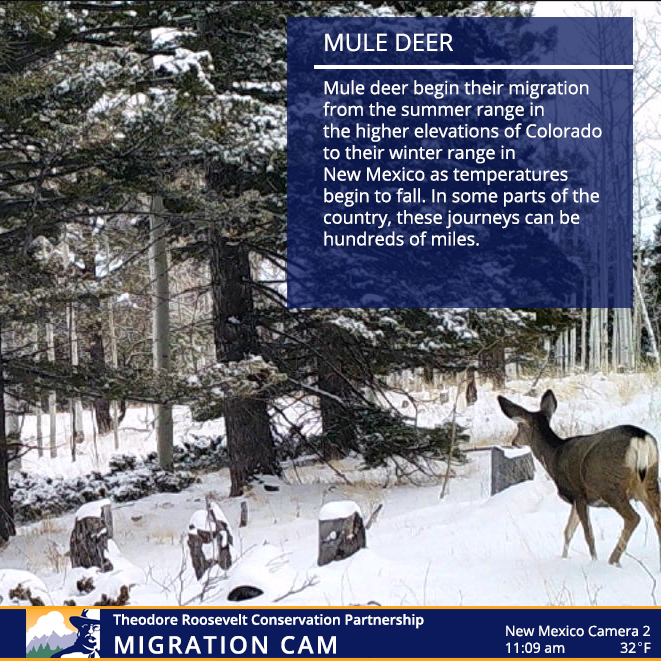An ambitious infrastructure project promises relief for the Caloosahatchee River system and new opportunities for sportsmen and women
The Caloosahatchee River in southwest Florida has long been troubled by erratic changes in water quality and quantity. A wet summer season brings too much water, while drier times of the year bring too little, and changes in salinity for extended periods of time put the system under great stress. Adding to these problems are excessive loads of nutrients entering the water due to changes in land-use and an ever-increasing human population.
In recent years, these problems have resulted in a large-scale loss of sea grass beds, which in turn affected the local fishery and anglers’ opportunities to chase snook, redfish, and trout.
But thanks to the Comprehensive Everglades Restoration Plan and collaborative efforts by resource managers, conservationists, and local and state officials, a solution is on the way that will restore habitat, improve water quality, and boost opportunities for sportsmen and women.

An Altered Waterway
Originally the Caloosahatchee drained a basin west of Lake Okeechobee and was fed by rainfall and springs in the region. In the 1880s, however, a canal connecting the river to Lake Okeechobee resulted in a permanent change in the hydrology of the system.
Continued population growth and changes in land use continued over time until the system reached a breaking point. Frequent algae blooms and a recent outbreak of blue-green algae now represent a threat to domestic animals as well as fish and wildlife, and may also pose a health risk to people.
In addition to water quality concerns, sustained periods of very high or very low flows of freshwater result in stress on sea grasses and other marine life. In recent years this produced a large-scale loss of sea grass beds. With the loss of sea grass the local fishery suffers, and opportunities for anglers to enjoy snook, redfish, and trout have diminished.

Working Towards a Fix
A solution to these problems started to take shape in 2015, when construction began on the C-43 West Basin Reservoir. When completed, this reservoir, located adjacent to the Caloosahatchee, will span nearly 11,000 acres and provide the capacity to store 170,000 acre-feet of water.
Stormwater runoff and releases from Lake Okeechobee would be stored in the reservoir and released to replicate historic flows in the system. An added benefit will be the reduction in sediment and nutrient loads entering the river and estuary. In addition, a water quality component is being developed while construction is underway. Restored sea grass and filter feeding organisms will also help to improve water quality in the river and estuary.
Major partners in the project include the South Florida Water Management District, the Florida Department of Environmental Protection, and the U.S. Army Corps of Engineers. Construction funding is being provided by the state with operations and maintenance shared jointly by the federal and state governments.
The project has received support at the highest levels, including the Florida state legislature, the Florida congressional delegation, and Governor Ron DeSantis, who visited the site on October 25, 2019, for the initiation of work on the 15 miles of perimeter canals and 19 miles of embankments needed to complete the project. Overall construction is expected to be completed in 2022.

A Promising Future
The finished reservoir will provide resource managers with the ability to regulate water quantity and quality in the Caloosahatchee River, San Carlos Bay, and the greater Caloosahatchee estuary. This capability will in turn mitigate potentially harmful releases of water from Lake Okeechobee and allow the lake’s water levels to be managed more flexibly. These measures will help to improve sea grass beds, a valuable marine fishery, and provide more recreational opportunity to fish for trout, redfish, and snook.
While the project’s fundamental purpose is to benefit the river and estuary, the reservoir and perimeter canals will provide new angling opportunities since funding has been included for a recreational component to the project. Anglers will be able to use boat ramps and fish the perimeter canals once the reservoir is operational and fish populations have become established.
All told, this project will be a big win for sportsmen and women and a great example of how conservation partnerships can produce healthy habitat and clean water, as well as the hunting and fishing opportunities that go with them.
Jon Andrew is the Florida outreach coordinator for the Theodore Roosevelt Conservation Partnership. He is recently retired from a 35-year career as a biologist and refuge manager with the U.S Fish and Wildlife Service, where he eventually became responsible for management of all refuge lands in the southeastern U.S. and Caribbean. In his spare time, he enjoys saltwater flyfishing and poling his skiff in the shallow waters along the southwest Florida coast in search of snook.
Top photo: South Florida Water Management District









This project has been a long time in coming. Congratulations to all the people and organizations who have been ringing the bell to begin.